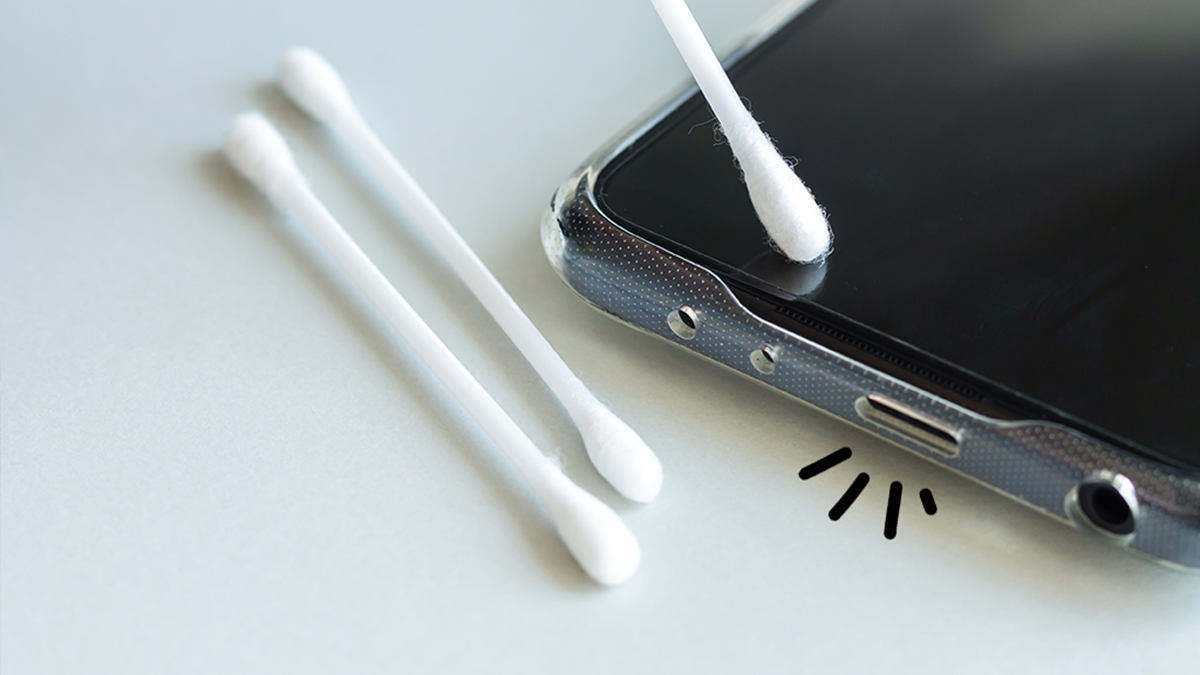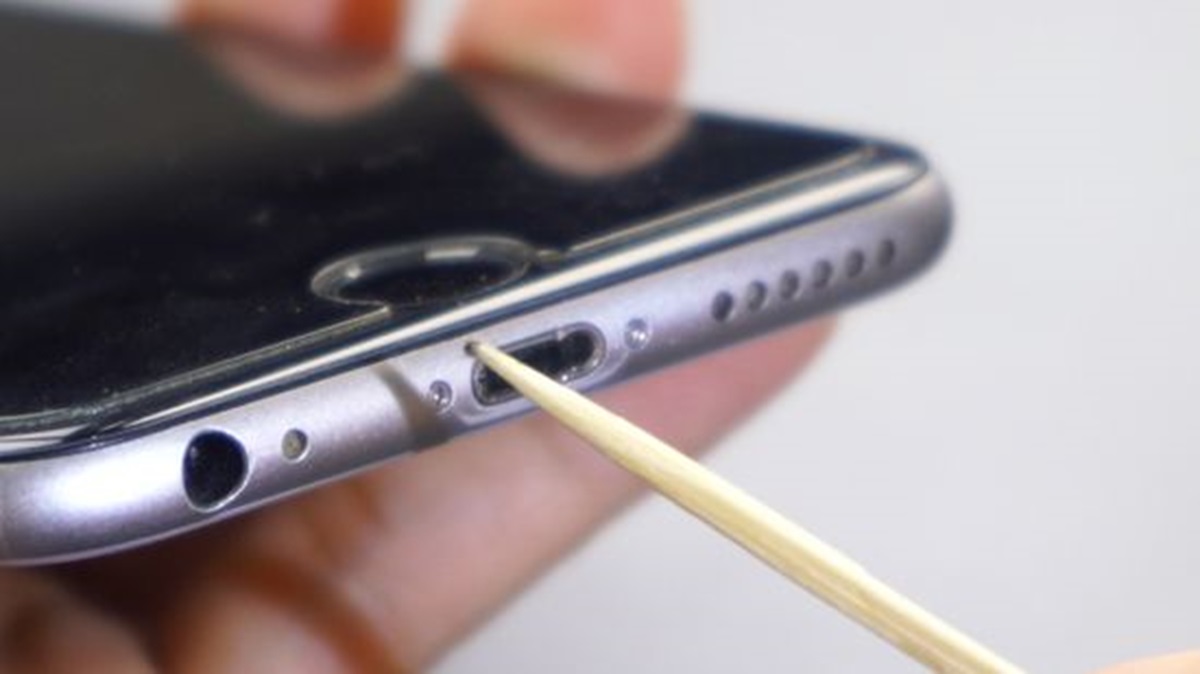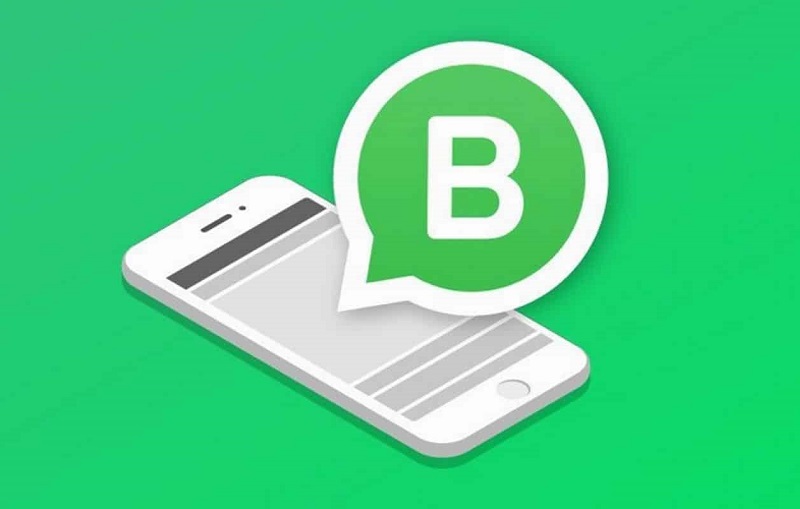Ever wiggle your phone charger in frustration, only to find it precariously perched at a specific angle to actually charge? You’re not alone. Often, the culprit behind finicky charging is a buildup of lint, dust, and other debris in your phone’s charging port.
While the internet offers the quick fix of a toothpick for cleaning, is it truly the safest and most effective method? Experts caution against using wet substances or anything sharper than a toothpick when cleaning charging ports. This article delves deeper, exploring the pros and cons of using a toothpick, along with alternative cleaning methods and preventative measures to keep your charging woes at bay.
The Case for the Toothpick: A Simple Yet Risky Solution
Toothpicks are readily available, and their thin profile seems perfect for navigating the narrow confines of a charging port. Here’s why some people consider them a viable option:
- Accessibility: Toothpicks are a common household item, eliminating the need for a special cleaning tool purchase.
- Effectiveness: For large debris like pocket lint, a toothpick can be surprisingly effective at dislodging it.
However, the seemingly harmless toothpick can pose a hidden threat to your phone’s delicate internal components.
- Potential Damage: The wood of a toothpick can be surprisingly rough, and forceful scraping can scratch the delicate metal connectors within the port. These scratches can lead to future charging issues and potential data transfer problems.
- Breakage Risk: Toothpicks are brittle, and a piece breaking off inside the port can become a much bigger problem than the initial lint buildup. Retrieving a broken piece can be tricky and require professional help.
Beyond the Toothpick: Exploring Safer Cleaning Methods
While the convenience of a toothpick is tempting, consider these safer and often more effective alternatives:
- Compressed Air: A can of compressed air offers a contactless cleaning method. Short bursts of air can effectively dislodge dust and lint particles without risking scratches or broken fragments.
- Interdental Brush (New, Soft Bristles): These tiny brushes, designed for cleaning between teeth, are perfect for reaching dust trapped deep within the port. Just ensure the bristles are soft and new to avoid any scratching.
Pro Tip: For stubborn debris, use compressed air first to loosen the particles, then follow up with a gentle swipe of the interdental brush to remove them completely.
Also Read: Why You Should Use Google Pixel Phones
Advanced Cleaning Techniques (for the Tech-Savvy):
If you’re comfortable with a little more disassembly, consider these advanced techniques, but proceed with caution:
- SIM Tray Ejector Tool: Many phones come with a small metal tool for ejecting the SIM tray. This tool can be useful for carefully dislodging large pieces of debris visible at the port’s opening. However, avoid using excessive force or prying motions, as this can bend the tool or damage the port.
- Anti-Static Brush: For those familiar with electronics repair, an anti-static brush can be a great tool for removing dust without the risk of static discharge.
Remember: When attempting any advanced cleaning methods, consult your phone’s user manual or manufacturer’s website for specific instructions to avoid accidentally voiding your warranty.
Preventing the Problem: Keeping Your Charging Port Clean
- Regular Compressed Air Blows: Make it a habit to give your charging port a quick blast of compressed air every few weeks, especially if you keep your phone in your pocket or purse.
- Downward Charging Position: Whenever possible, try to keep your phone upright while charging, with the port facing downwards. This helps prevent dust and debris from falling into the opening.
- After-Market Port Covers: Consider using a third-party charging port cover, a small, often mesh-like attachment that plugs into the port and acts as a barrier against dust and lint.
The Final Verdict: Toothpicks – A Risky Shortcut
While a toothpick might seem like a quick fix, the potential damage to your phone’s charging port outweighs the temporary convenience. Explore the safer and more effective methods mentioned above to keep your phone juiced up and frustration-free. Remember, prevention is key! By incorporating these cleaning tips and preventative measures into your routine, you can keep your charging port functioning smoothly for a long time.





